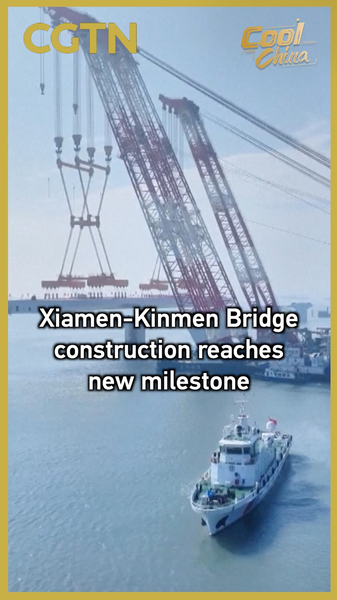Stockholm recently hosted a fresh round of high-level talks between the U.S. and the Chinese mainland, marking a new chapter in one of the world’s most impactful trade relationships. With global markets and supply chains watching closely, Prof. Cui Fan of the University of International Business and Economics breaks down the key takeaways.
Expanded Dialogue: For the first time in months, negotiators broadened the agenda beyond tariffs. Discussions now touch on green energy, digital trade rules, and semiconductor supply chains—areas where cooperation could ease bottlenecks and power up decarbonization goals worldwide.
Persistent Gaps: Despite the wider scope, core disputes remain unresolved. Market access rules, subsidy practices and data security standards still divide policymakers, leaving sharp edges in the relationship that could flare up when the tariff pause ends.
Why the Tariff Truce Matters: The ongoing tariff truce extension, freezing extra duties on hundreds of billions of dollars in goods, buys time for businesses on both sides. Exporters—from farmers in the U.S. heartland to manufacturers in the Chinese mainland—gain predictability, helping global supply chains stay on track.
As competition intensifies in emerging tech and clean energy, these Stockholm talks show that dialogue can still unlock progress. For young professionals and decision-makers around the globe, the message is clear: trade friction may ebb and flow, but sustained engagement remains the best route to shared prosperity.
Reference(s):
cgtn.com


